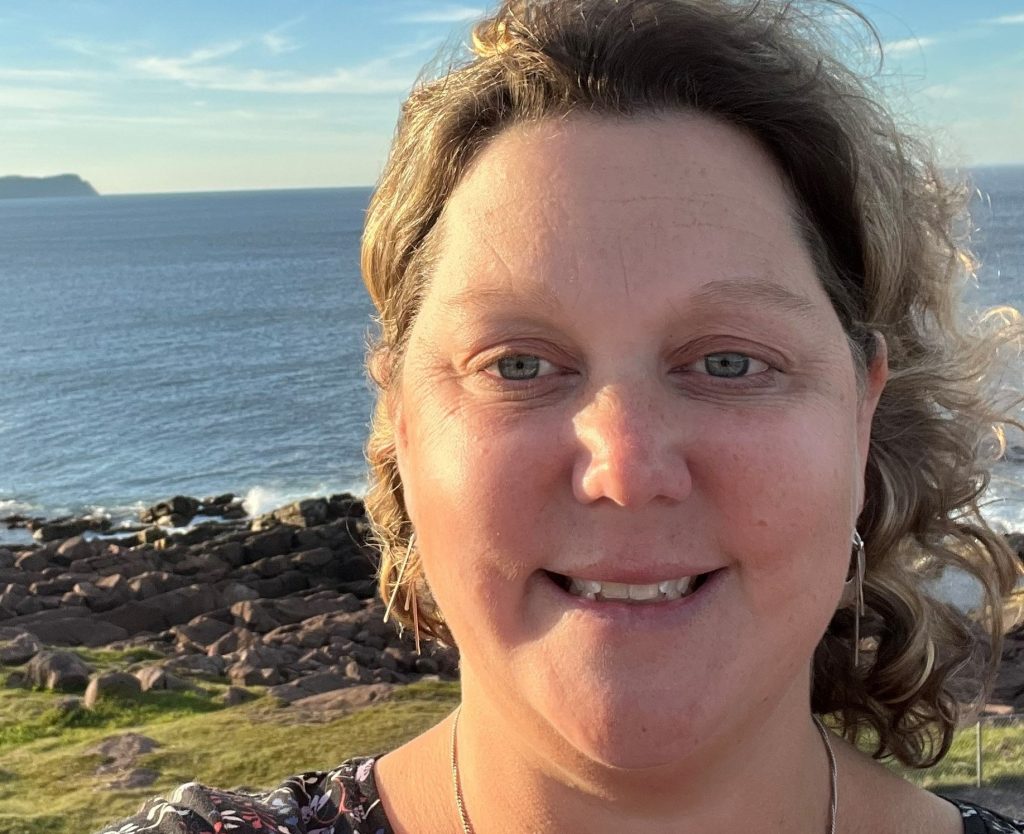September 14, 2022

Author——————————-
Katie Schleit
Senior Fisheries Advisor, Oceans North
✉️
Atlantic herring are important to the ocean ecosystem and economy on Canada’s East Coast. However, the largest stock in the area, officially known as the 4VWX Southwest Nova Scotia/Bay of Fundy Spawning component, has shown worrying declines for many years. Historic landings decreased from 500,000 tonnes in 1968 to 226,000 tonnes in 1973, and then fell even further from an average of 96,000 tonnes in the 1990s to a low of 33,000 tonnes in 2021. Stock status estimates from an acoustic survey have indicated the need for rebuilding since at least 2001, and herring have been critically depleted since 2017. The 2022 scientific information indicates that the stock is now even further below the limit reference point (LRP), a low abundance level at which serious harm is occurring to the stock.
Despite being one of the largest fisheries in Canada and a critically depleted stock, basic scientific information is lacking. This includes data such as an index of abundance, recruitment estimates, an analytical assessment model, a fishing mortality estimate, and a target or upper stock reference point. For years, total allowable catch (TAC) decisions had been made without this information and without projections to analyze the impact of various catch levels on herring biomass. In early 2019, Fisheries and Oceans Canada (DFO), the herring industry, environmental NGOs and Indigenous groups embarked on the Management Strategy Evaluation (MSE) as an approach to work around these shortcomings.
This iterative, multi-stakeholder-and-rightsholder process was scientifically peer reviewed at various stages throughout the process. The resulting Harvest Control Rules (HCRs) demonstrated that TAC decisions which followed the HCR would be robust to varying scenarios, including natural mortality, future growth, recruitment and fleet composition. All of these potential scenarios were developed by the MSE working group with industry at the lead. These HCRs represent an immense improvement over the previous process, which was not able to assess or predict the impact of its TAC decisions. In recent years, those decisions have kept the stock below the LRP, the area DFO defines as the critical zone.
In order for the MSE to be in line with Canadian law and policy around depleted stocks, a conservation objective was also developed. This was set as a performance threshold to maintain the stock above the LRP with at least 75 percent probability after 10 years. While there was an objective to maintain the spawning stock biomass above a target biomass in the long-term, this was not used as a performance threshold. Other stakeholder objectives include maximizing yield, minimizing variability of catch, and limiting the removal of small fish. The resulting HCRs all required substantial quota reductions, in large part to meet the conservation objective. The TAC options ranged from zero to approximately 14,000 tonnes, down from the 2021 quota of 35,000 tonnes.
The Minister of Fisheries and Oceans Canada Joyce Murray was presented with these HCRs on which to set the total allowable catch (TAC) for 2022 and subsequent years. However, she failed to select any of the HCRs that resulted from the four-year multi-stakeholder process. Instead, she chose a quota reduction of 33 percent for one year. The Minister’s decision has left many stakeholders perplexed and frustrated.
Rebuilding critically depleted stocks is a big challenge for industries, for communities that rely on the fishery, and ultimately for political decision makers. MSEs allow us to judge the impact that future decisions will have on the health of the stock and how to balance different priorities, even when little trade-off exists with a depleted stock. In the case of SWNS/BOF herring, the MSE showed that rebuilding out of the critical zone was possible within 10 years, and that this could happen in the face of varying uncertainties. The Minister needs to re-visit the MSE in 2023 and choose an HCR that can ensure the future of all who benefit from this stock.
Katie Schleit is a Senior Fisheries Advisor for Oceans North, based in Halifax, Nova Scotia. Her work focuses on rebuilding fish populations while considering the needs of people and the ecosystem. Katie has worked in the NGO and public sector for over a decade collaborating with government, fishermen, scientists and the public on ocean conservation and sustainable management. Before joining Oceans North, she previously worked on fisheries and marine conservation at the Ecology Action Centre, the Pew Charitable Trusts in Washington, D.C., and served as a U.S. Peace Corps volunteer in the Philippines. She holds a master’s degree in marine affairs from the University of Washington.